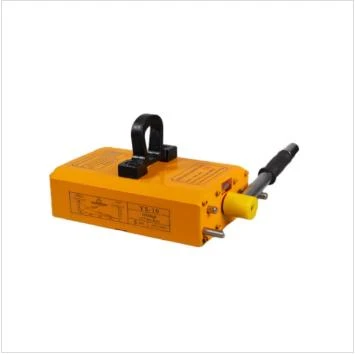skates for heavy equipment
Skates for Heavy Equipment Enhancing Mobility and Efficiency
In various industrial sectors, the movement of heavy equipment is a critical aspect of operations. Whether in construction, manufacturing, or shipping, the ability to transport and maneuver large machinery can determine productivity and efficiency. This is where skates for heavy equipment come into play, offering a practical solution for moving hefty loads with relative ease. In this article, we will explore the types of skates available, their benefits, and best practices for their effective use.
Understanding Heavy Equipment Skates
Heavy equipment skates, often referred to as dollies or movers, are specially designed devices that facilitate the safe transportation of heavy machinery and equipment. These skates come in various forms, catering to different types of machinery and weight capacities. Typically constructed from robust materials such as steel or high-quality polymers, heavy equipment skates are engineered to support substantial weights while maintaining durability and stability.
There are two main types of heavy equipment skates
1. Standard Skates These are generally used for moving machinery on smoother, flat surfaces. Standard skates often feature a low profile to avoid raising the center of gravity, minimizing the risk of tipping during transport.
2. Heavy-Duty Skates Designed for the most substantial loads, heavy-duty skates can support substantial tonnage and incorporate advanced features like swivel wheels or adjustable frames to enhance maneuverability. They are particularly useful in tight spaces or when navigating obstacles.
Benefits of Using Skates for Heavy Equipment
1. Improved Safety One of the primary advantages of using skates is the enhanced safety they provide. Moving heavy equipment without proper tools can lead to injuries for workers and damage to equipment. Skates minimize the physical strain on workers and reduce the risk of accidents caused by improper lifting techniques.
2. Increased Efficiency Skates allow for quicker movement of heavy equipment, reducing the time needed for repositioning or transportation. This efficiency translates into lower operational costs and contributes to timely project completion.
3. Flexibility and Maneuverability Heavy equipment skates provide the flexibility to navigate tight spaces and corners that may be challenging for larger vehicles or traditional forklifts. With the ability to move in different directions, these skates facilitate precise positioning of equipment where needed.
skates for heavy equipment

4. Versatility Skates are adaptable to various types of heavy machinery, from industrial machines to large pieces of construction equipment. This versatility makes them a valuable asset across different industries.
Best Practices for Using Heavy Equipment Skates
To maximize the benefits of heavy equipment skates, it’s essential to adhere to best practices when using them. Here are some key guidelines
1. Assessment and Planning Before moving equipment, assess the load and determine the appropriate type of skate required based on the weight and size of the machinery. Create a plan that includes the route to be taken, ensuring the path is clear of obstacles.
2. Proper Training Ensure that all personnel involved in moving heavy equipment are trained in the safe use of skates. Understanding weight limits, load distribution, and operational techniques is crucial to maintaining safety.
3. Inspection and Maintenance Regularly inspect skates for wear and tear, ensuring they are in good working condition before use. Proper maintenance can prevent mechanical failures that could result in accidents.
4. Load Distribution When placing the equipment on the skates, ensure that the load is evenly distributed. This balance minimizes the risk of tipping or losing control during movement.
5. Use of Support Equipment In certain situations, it may be beneficial to supplement the skates with additional equipment such as forklifts or hoists to assist in the lifting and placement of the machinery onto the skates.
Conclusion
Heavy equipment skates are an invaluable tool for enhancing the mobility and efficiency of large machinery in various industries. By improving safety, increasing operational efficiency, and offering flexibility in movement, skates become essential in any industrial setting that requires the relocation of heavy equipment. Through proper training, planning, and maintenance, companies can leverage heavy equipment skates to achieve their operational goals while ensuring a safe work environment.
-
Unlock Seamless Relocation with Our Heavy Equipment Moving ExpertiseNewsJun.06,2025
-
Unleash Unrivaled Flexibility with Our Adjustable Gantry CraneNewsJun.06,2025
-
Unleash Heavy-Duty Efficiency with Our Industrial Gantry Crane SolutionsNewsJun.06,2025
-
Revolutionize Steel Handling with Our Magnetic Lifter RangeNewsJun.06,2025
-
Master Equipment Mobility with Premium Machinery Mover SolutionsNewsJun.06,2025
-
Elevate Your Material Handling with Magnetic Lifter TechnologyNewsJun.06,2025
-
YS Permanent Lifting Magnets: The Smarter Way to Handle SteelNewsMay.22,2025
